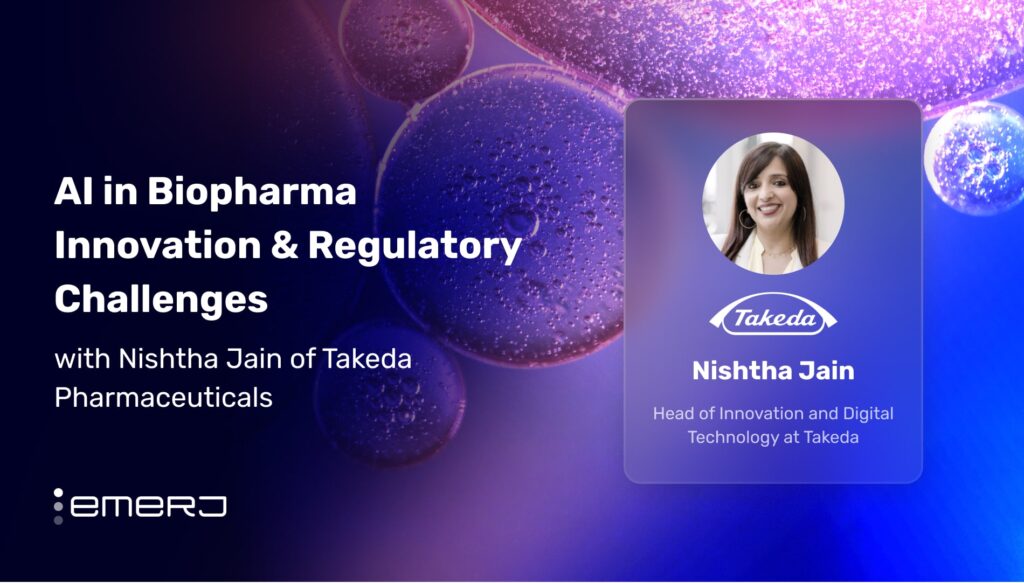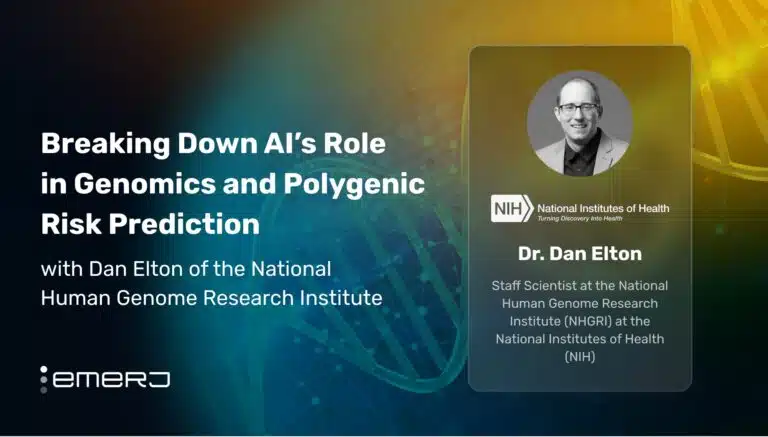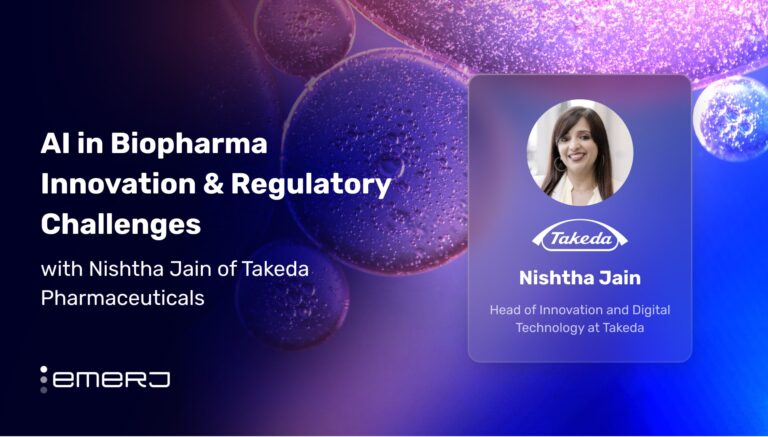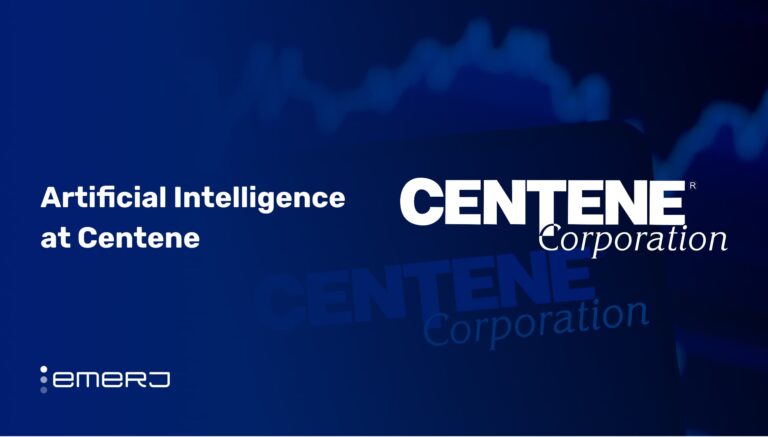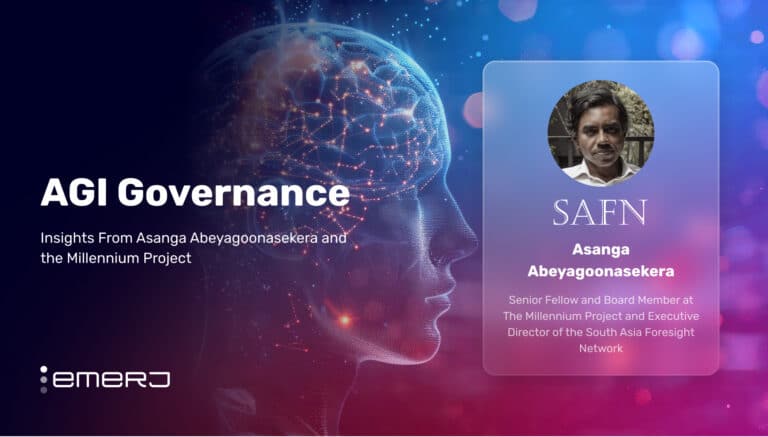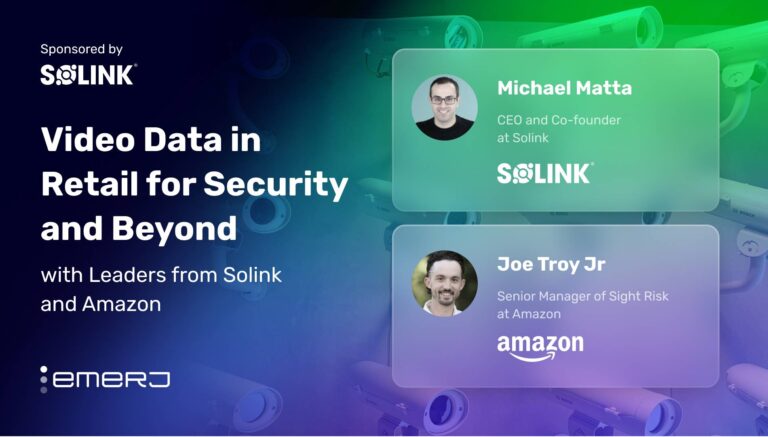As life sciences organizations race to adopt AI, the biopharmaceutical sector remains one of the most complex and high‑stakes environments for implementation.
The median cost to develop a new drug is $708 million, according to the RAND corporation, rising to an average of $1.3 billion when accounting for failures and capital costs.
According to the OECD, AI-enabled automation in laboratory research can dramatically accelerate early-stage drug discovery — for example, one AI-guided lab robot described in the report was able to conduct 100 000 experiments per year, compressing roughly five years of work into just two weeks, thereby reducing both time and cost barriers to moving promising compounds into later-stage development.
McKinsey & Company estimates that generative AI applications across pharmaceutical R&D could deliver $60 – 110 billion in annual economic value, with a significant share coming from accelerated discovery and clinical development efficiencies.
These figures highlight a clear opportunity: AI can help reduce both the financial and time burdens of clinical development and discovery. However, many biopharma firms still struggle to convert this opportunity into real-world ROI. AI efforts often misalign with leadership expectations, scientific workflows, or compliance mandates—leading to wasted investment and stalled progress.
This article explores how leaders in the pharmaceutical space can overcome these hurdles and uncover near‑term value. Drawing from insights shared by Nishtha Jain, Director of Digital Strategy at Takeda Pharmaceuticals, on a recent episode of the ‘AI in Business’ podcast, readers will learn how to avoid strategic missteps at the executive level and apply a proven, high‑ROI framework for AI deployment.
This article examines two key insights from these conversations for healthcare leaders deploying AI at their organizations:
- Avoiding executive tourism in AI adoption: Misaligned leadership priorities can derail ROI when AI investments lack process-level understanding.
- Using the “Three Ps” framework for identifying quick wins: Framing AI opportunities around prediction, personalization, and productivity can help biopharma leaders unlock near-term value.
Listen to the full episode below:
Guest: Nishtha Jain, Director of Digital Strategy, Takeda Pharmaceuticals
Expertise: Life sciences innovation, digital transformation, and AI strategy
Brief Recognition: Nishtha Jain leads digital transformation initiatives across the biopharmaceutical value chain at Takeda. With a focus on emerging technologies, she brings cross-functional expertise to AI implementation, data governance, and strategic innovation in drug development and patient outcomes.
Avoiding Executive Tourism in AI Adoption
One of the core barriers to effective AI implementation in biopharma isn’t technical—it’s organizational. According to Nishtha Jain, Director of Digital Strategy at Takeda Pharmaceuticals, many senior executives are eager to champion AI but lack a clear grasp of the business processes they’re trying to transform.
Jain refers to this trend as “executive tourism,” where decision-makers pursue flashy AI initiatives without grounding them in operational needs or end-user value.
She insists that the disconnect she describes often results in low-return deployments. Tools may be adopted for their novelty rather than their strategic fit, leading to fragmented efforts and poor alignment with regulatory or scientific objectives.
Jain emphasizes that meaningful AI success demands a deep understanding of internal workflows, customer behavior, and specific use cases. Without this foundation, organizations risk investing heavily in “shiny objects” that fail to integrate with critical processes or generate measurable impact.
“What ends up happening is that a lot of shiny objects get brought in. Executives want to drive AI adoption, but they don’t understand exactly what the problem is—so it becomes very low ROI.”
– Nishtha Jain, Director of Digital Strategy at Takeda Pharmaceuticals’ Global Manufacturing and Supply Unit
To prevent these missteps, Jain emphasizes the need for leaders to understand not just AI as a tool, but the business processes and people it will affect. She explains that a failure to involve domain experts can lead to disjointed pilot projects that never scale or provide meaningful insights.
“There is a lack of understanding of business processes. Executives bring in technology, but they don’t understand how it applies. That’s where the term ‘executive tourism’ comes from. It’s jumping in without really being invested in the application.”
– Nishtha Jain, Director of Digital Strategy at Takeda Pharmaceuticals’ Global Manufacturing and Supply Unit
She also points to the importance of understanding not just internal workflows, but the end-users themselves — whether that’s patients, physicians, or internal teams using AI tools. Without that clarity, companies risk building solutions that look impressive in theory but fall flat in practice.
“Proper understanding of the customers, of the users — what they want from AI — is just as critical,” says Nishtha. Otherwise, you’re creating solutions no one can use effectively.”
A nuanced understanding of the customer’s needs elevates the idea that alignment must happen across both technical and strategic levels. A successful AI initiative is not just about technology investment but creating a culture where cross-functional teams — from legal to clinical — collaborate to shape the roadmap.
The “Three Ps” Framework for Identifying Quick Wins
For leaders seeking actionable starting points with AI in biopharma, Nishtha Jain offers a practical framework: focus on the “Three Ps” — prediction, personalization, and productivity. These domains not only align with critical drug development and patient care workflows but also present relatively low-friction areas for AI experimentation and adoption:
Prediction
In the prediction category, Jain points to drug discovery, early-stage disease detection, and adverse event forecasting as prime examples. AI models trained on clinical trial data, patient records, and scientific literature can identify promising molecules or help design smarter trials. Jain notes that Takeda and other life sciences firms are already applying prediction to optimize pharmacovigilance and clinical development timelines.
“There is a possibility to actually predict the risk of disease before it even happens,” Nishtha tells the executive podcast audience. “We’re seeing companies collect patient health data and use it to forecast adverse events and design better clinical trials.”
Jain’s “Three Ps” framework is especially valuable in an industry where regulatory and ethical constraints often limit experimentation. By focusing on use cases that are low-risk but high-reward, organizations can build internal trust and momentum for broader AI adoption.
Personalization
Personalization represents the next frontier, with AI enabling tailored treatments and communications based on patient-specific data. Jain likens this to consumer personalization models — like skincare or shampoo ads that adapt to user input — but applied to genomics, health records, and lifestyle data.
The result: targeted therapies and improved patient outcomes. While still evolving, Jain sees this space as a future driver of innovation: “Think about Instagram ads that let you customize skincare or shampoo,” Nishtha notes, citing a familiar example. “That level of personalization — applied to medicine using genetic data — that’s where we’re heading.”
Productivity
Lastly, productivity offers the most immediate returns. Generative AI tools and AI-enhanced automation are already saving time in administrative and research tasks. Jain references reports showing substantial weekly time savings per employee, particularly in document processing and operational workflows.
Beyond time savings, she emphasizes that these gains also prepare infrastructure for more advanced AI deployments down the line.
“Productivity is where we’re already seeing the ROI, but prediction and personalization are where the future is going—especially as infrastructure catches up,” Nishtha insists to the Emerj audience. These categories not only offer early wins — they also generate the training data and organizational muscle memory necessary to scale more complex AI applications over time.


